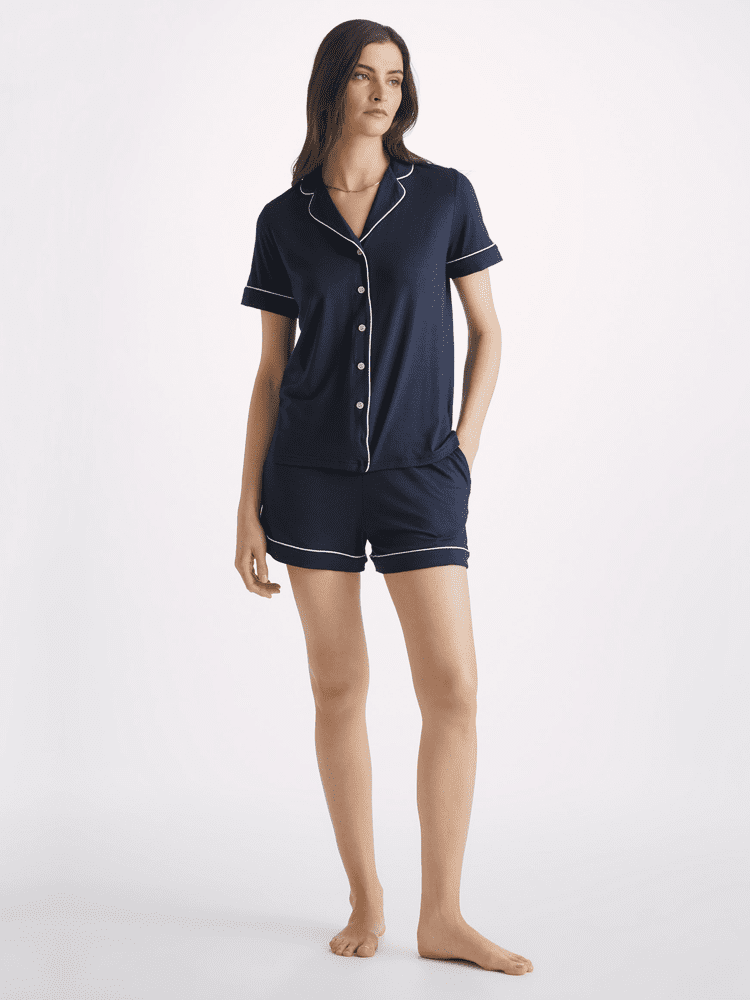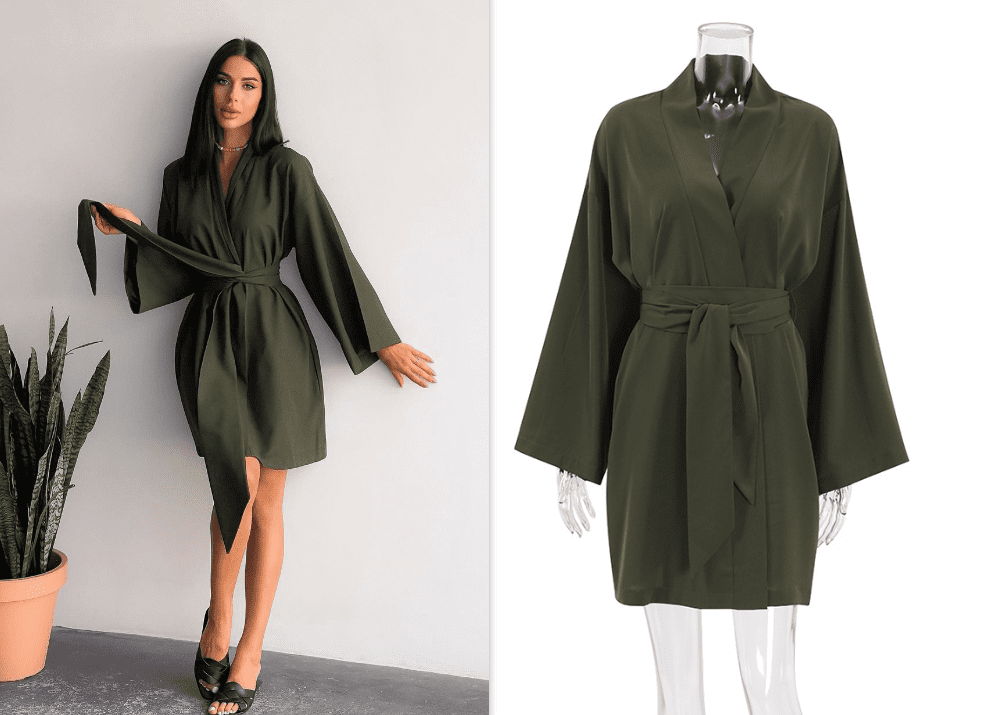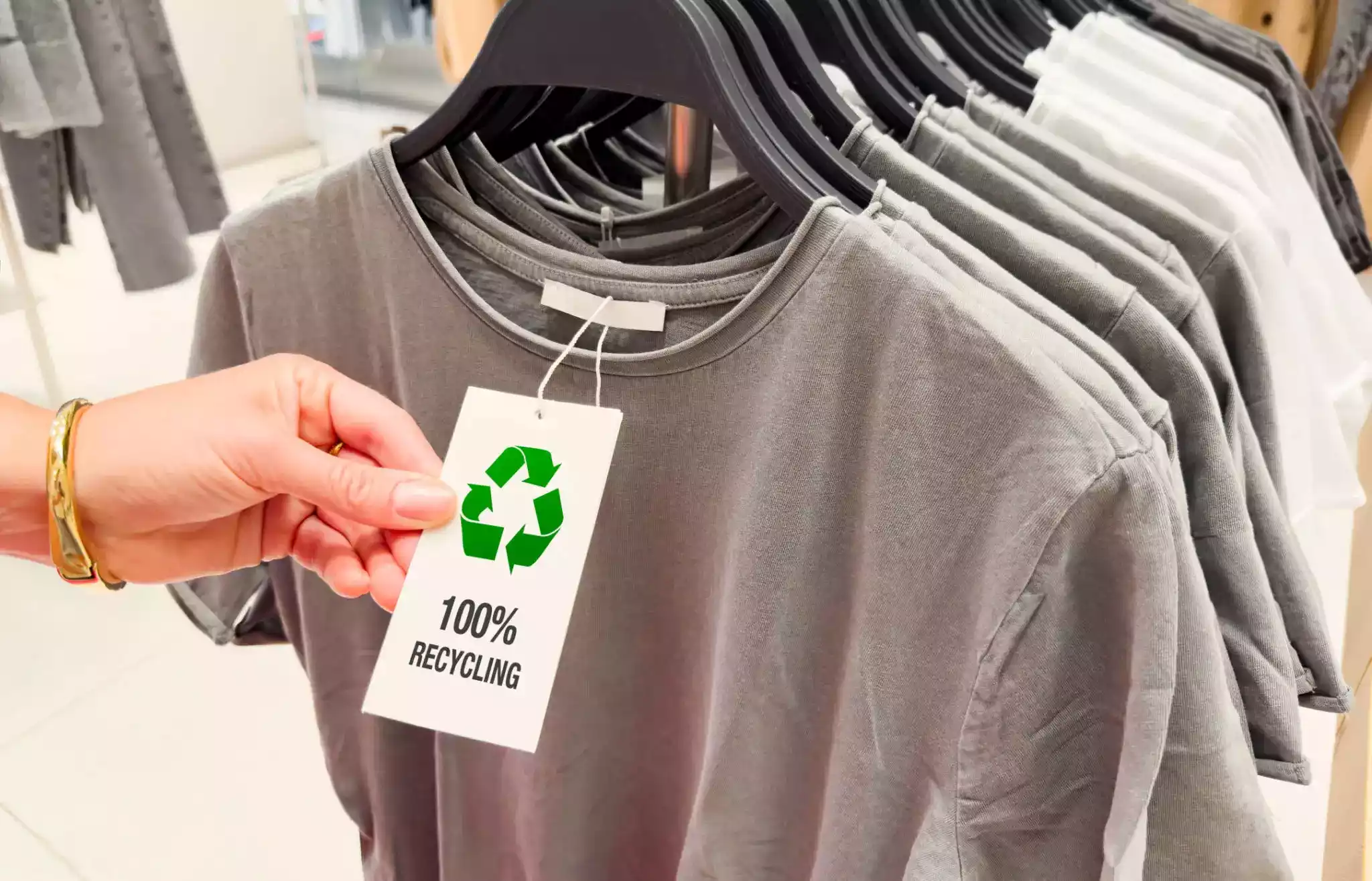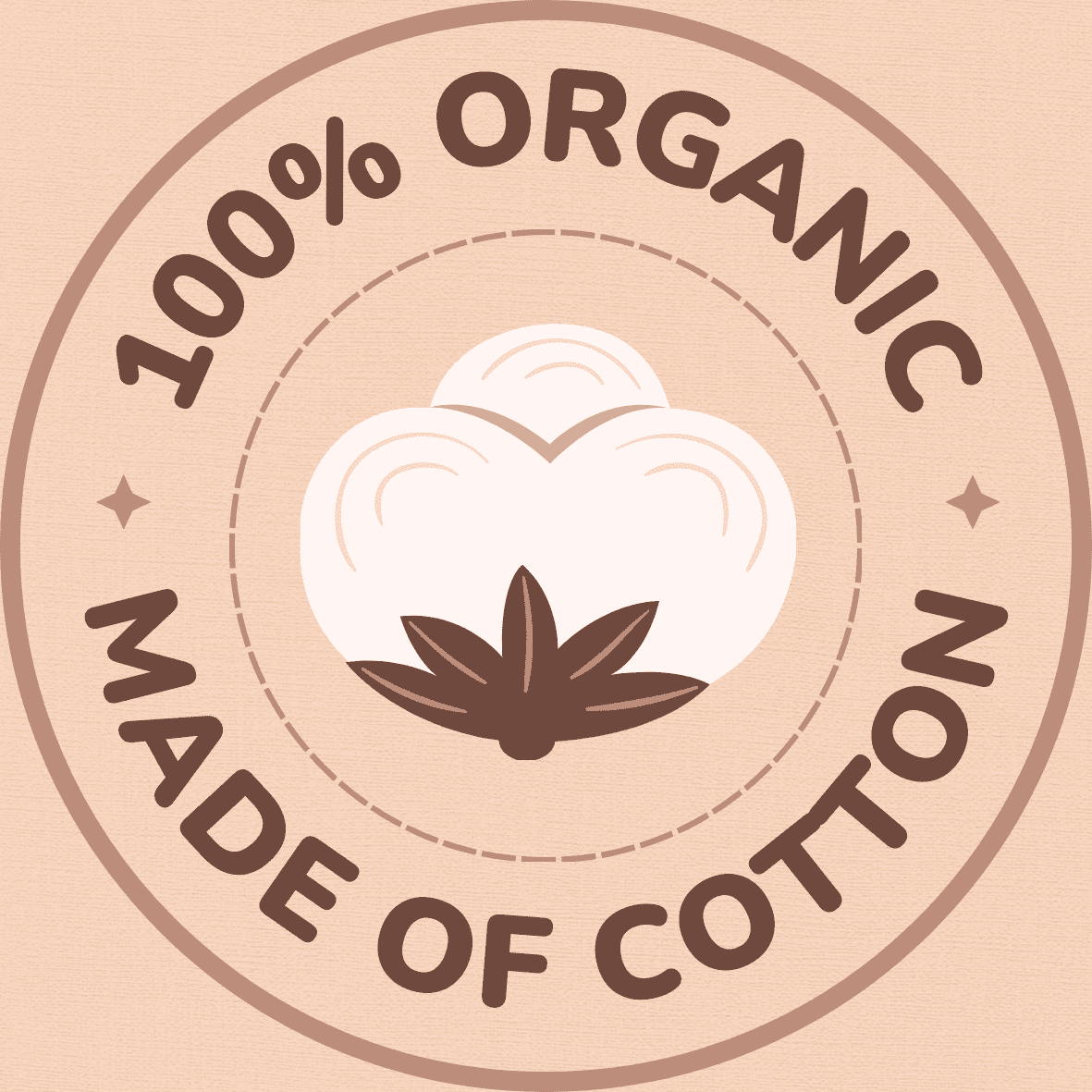Clothing Manufacturers Suppliers: The Backbone of the Apparel Industry
Delving into the intricacies of the apparel production cycle, the process can be broadly divided into key stages. It begins with the conceptualization and design phase, transitioning into sourcing raw materials from specified clothing manufacturers suppliers—this forms the initial stage. Material sourcing is critical as the quality of raw materials significantly impacts the final product. This transformation from raw materials to wearable clothes is achieved by going through various stages, including pattern designing, sampling, cutting, sewing, and finishing.
In a global perspective, sourcing patterns have had seismic shifts over the years. Previously dominated by Asian countries, there has been a noticeable shift towards European clothing manufacturers suppliers. The move is driven by reasons such as higher quality standards, faster lead times, and a reputable fashion scene especially concentrated in countries like Italy, France, and the UK. Regardless of the sourcing origin, these processes serve as the backbone, ensuring seamless operations and flow in the apparel production cycle. As we delve deeper into each of these stages, the unique role each plays in the overarching production cycle will become more evident.
The Role of Fabric and Textile Producers in Apparel Creation
Understanding the integral role of fabric and textile producers in apparel creation begins with acknowledging their position as the bedrock of the clothing industry. These producers are initially responsible for the raw materials that form the basis of any garment. They play an essential part in determining the overall quality, design capabilities, and consumer appeal of the finished apparel. They are involved in sourcing textiles, selecting appropriate fabrics, and conducting research and development for innovative materials.
On the journey of how to get a clothing manufacturer, brands should evaluate these producers based on their technical capability, production capacity, and quality standards. Fabric and textile producers foster partnerships with clothing manufacturers for my brand and others, transforming their vision into a tangible product. They tailor the cosmetic and functional features of the fabrics according to the design requirements. This complex process directly influences the aesthetics, durability, and comfort of the final apparel, signifying their indispensable role in the creation and eventual success of a clothing line.
Key Functions of Garment Manufacturing Units

Understanding the operations of garment manufacturing units offers an insightful perspective into the complex process of apparel creation. One of the crucial functions these units perform is supplying retail businesses with products they require. This function spans a wide spectrum, from understanding how to buy clothes from manufacturers to ensuring smooth logistics for delivery. Whether a retail store is looking for trendy dresses or high-quality sports gear, these manufacturing units are the pivotal point in the supply chain.
Contrarily, another critical function of these units is acted out through collaborations with clothing manufacturer vendors. Collaborations allow garment manufacturing units to maintain a consistent supply of raw materials required for production. By forming strategic alliances with reliable vendors, it ensures that the quality, price, and timely availability of raw materials are not compromised. Thus, manufacturing units play a significant role in balancing between supply and demand while maintaining quality standards in the apparel industry.
The Importance of Quality Control in Apparel Production
In the dynamic world of apparel production, ensuring adherence to quality standards is of paramount importance. High quality clothing manufacturers suppliers like Pjgarment understand that they play a critical role in this process. They recognize that quality control directly impacts the acceptance and success of their products in the consumer market. The dedication to creating clothing that meets exacting standards of quality in terms of materials, construction, fit, and design, as well as the consistency in delivering such standards, forms the core of their business strategy.
The rigorous quality control processes instituted by Pjgarment and other leading apparel producers act as a testament to the importance of this practice. These procedures span from the sourcing and usage of raw materials, through the manufacturing process, to the final inspection of the completed garments. Essentially, they serve to ascertain that each piece of manufactured apparel meets the predefined quality criteria before it reaches the end consumer. This fundamental commitment to quality ultimately shapes brand reputation, customer satisfaction, and overall business success in the competitive apparel industry.
Interdependence between Fashion Brands and Production Units
The symbiotic relationship shared by fashion brands and production units defines a critical aspect of the apparel industry. This interconnectedness has reshaped the dynamics of modern day fashion business – a prime example of which can be witnessed in the strategic alliances established with clothing manufacturers in China. The landscape of fashion merchandising and mass apparel production found a new direction with this business model, embedding Chinese clothing manufacturers suppliers firmly within the supply chain matrix.
The operational strategies of fashion houses, in both the fast fashion and luxury sector, are significantly influenced by their close-knit relationship with production units. The selection of Chinese clothing manufacturers suppliers, for example, has become a key focus area due to their unmatched expertise in mass production, consistent attention to quality, and cost-effective solutions. Thus, the dependence on production units has become an ingrained part of the business framework, emphasizing the interwoven nature of the fashion industry.
Global Distribution and Logistics in the Apparel Industry

Custom clothing manufacturers have an enormous responsibility in managing the complex web of logistics and distribution in the apparel industry. As there is a high demand for timely and accurate delivery of apparel products, they cannot afford even the slightest misstep in their supply chain operations. Suitably, manufacturers make substantial use of strategic planning, utilizing advanced distribution systems and technology to ensure seamless execution of the process.
In the same vein, clothing manufacturers play a crucial role in the global supply chain. Their duties don’t simply end at manufacturing the garments – they also need to handle the shipment of the product to various retailers worldwide. Notably, logistics management involves forecasting demand, managing inventory levels, coordinating with freight companies, and overseeing custom clearances. Thus, their responsibility is a key factor in the overall success and brand reputation in the global apparel market.
Sustainability and Ethical Standards for Apparel Manufacturers
In relation to the globally impactful apparel industry, strict adherence to sustainability and ethical standards is not merely an option, but a necessity for clothing manufacturers and suppliers. The industry’s heavy resource consumption and its potential to harm the natural environment underscore the urgency to implement environmentally friendly methods. Techniques such as fabric recycling, reduced energy use in manufacturing processes, and water conservation are increasingly adopted by garment manufacturers. Ethical labor practices also form an integral part of addressing sustainability.
The sheer spread of clothing manufacturers and suppliers across the globe necessitates establishing a universal set of ethical criteria. A rush to meet fashion demands often leads to overlooking unfavorable labor conditions, exploitation, and even forced labor. Thus, a collaborative approach among stakeholders towards maintaining humane working conditions, fair pay, and respecting workers rights becomes paramount. Consequently, sustainability and ethics in the apparel creation industry are set to hold significant value in global commerce.
Adapting to Technology: Automation in the Garment Industry
As the global apparel industry continues to evolve, the role of technology, particularly automation, has become increasingly prominent. With the integration of advanced machinery and software, processes from designing to cutting and sewing are being streamlined and rendered more efficient. Notably, Canadian clothing manufacturers & suppliers are leading this transformative crusade, producing high-quality garments with reduced lead times.
This shift towards automation has stellar impacts, including reductions in labor costs, minimization of human error, and significant enhancement in precision. Also, it allows the production of intricately designed items with an accuracy that potentially surpasses the human capability. Among those spearheading this shift are clothing manufacturers & suppliers who are cognizant of the changing dynamics of the industry and readily adopt the latest technological advancements resulting in the elevated scale and quality of production.
The Impact of Clothing Producers on Fashion Trends

Clothing producers hold an influential position in shaping and steering fashion trends. They extensively contribute to setting style statements through their original designs, innovative use of fabrics, and creative techniques. They master the art of forecasting fashion trends, effectively analyzing market trends, studying consumer behavior, and manifesting that into tangible apparel reflecting contemporary tastes. With such prowess, they often create waves in the fashion world, and their creations shape the style preferences and purchasing decisions of consumers.
Furthermore, they strategically collaborate with fashion designers and brands in molding edgy and sought-after trends. They carry the responsibility of turning a concept into a fashionable product, assessing the feasibility of designs, and ensuring they strike a chord with the target demographic. Such collaboration facilitates the swift transfer of runway designs into commercial retail pieces, fueling the fast-fashion phenomenon. Thus, the clothing producers play a pivotal role in dictating what becomes a hit or miss in the fashion industry. Their involvement is profoundly intertwined with shaping, altering, and enhancing fashion trends, affirming their crucial role in the fashion ecosystem.
Challenges and Future Prospects for the Garment Manufacturing Sector
The garment manufacturing sector, in spite of its innate vigor, often finds itself grappling with a myriad of challenges. These appear in myriad forms ranging from supply chain disruptions, cost control difficulties to stakeholder demands for increased sustainability. Technological advancements, while augmenting production efficiency, also put forth new obstacles such as the need for investment and expertise in automation. Global politics and trade policies further add to these complexities, making it imperative for businesses to stay flexible and responsive.
In response to these challenges, manufacturers’ focus is shifting towards strategic resiliency, technological integration, and eco-conscious practices, outlining the future prospects of the sector. Industry 4.0 initiatives, like automation and data-driven management, promise significant efficiency gains and cost reductions. Simultaneously, growing consumer awareness and environmental concerns are pushing manufacturers to adopt sustainable, ethical practices. This compounds into an elevated sense of responsibility among manufacturers towards achieving a more equitable and sustainable global apparel industry.
• The garment manufacturing sector is often faced with a multitude of challenges that include supply chain disruptions, cost control difficulties, and stakeholder demands for increased sustainability. These issues come in various forms and require businesses to remain flexible and responsive.
• Technological advancements are increasingly becoming an integral part of the garment manufacturing process. However, they also bring about new obstacles such as the need for investment in automation technology and expertise in its utilization.
• Global politics play a significant role in shaping trade policies which add to the complexities faced by manufacturers within this industry.
In response to these challenges:
• Manufacturers are focusing on strategic resiliency; developing plans that allow them to adapt quickly to changes while maintaining their operations effectively.
• Technological integration is being prioritized; integrating advanced technologies into their processes helps increase production efficiency significantly.
• Eco-conscious practices are being adopted more widely due to increasing consumer awareness and environmental concerns.
Future prospects for the sector:
• Industry 4.0 initiatives like automation and data-driven management promise significant efficiency gains and cost reductions, paving the way towards a more productive future for garment manufacturing companies.
• Growing consumer consciousness regarding ethical practices has led manufacturers towards adopting sustainable methods throughout their operation – from sourcing materials ethically right through final product delivery.
This shift towards sustainability not only benefits our environment but also creates an elevated sense of responsibility among manufacturers, pushing them further towards achieving a more equitable global apparel industry.
FAQs
What is the Apparel Production Cycle?
The Apparel Production Cycle is a series of steps that collectively define the process of garment creation. It typically includes design, pattern making, cutting, sewing, pressing, and decoration, among other steps.
How do Fabric and Textile Producers contribute to Apparel Creation?
Fabric and textile producers play a critical role in apparel creation by supplying materials necessary for garment manufacturing. They are responsible for producing a variety of fibers, yarns, and fabrics that meet the design and quality requirements of fashion brands.
What are the Key Functions of Garment Manufacturing Units?
Garment Manufacturing Units are responsible for several key functions including pattern making, cutting, sewing, pressing, and garment finishing. They also undertake quality control to ensure the final products meet the desired standards.
Why is Quality Control important in Apparel Production?
Quality control in apparel production ensures that the finished products meet the desired standards and specifications. It helps in identifying and rectifying any defects or errors in the production process, thus enhancing customer satisfaction and brand reputation.
How are Fashion Brands and Production Units Interdependent?
Fashion brands and production units are interdependent as brands rely on production units for manufacturing garments as per their design and quality specifications. In return, production units depend on brands for consistent orders and fair pricing.
What is the Global Distribution and Logistics in the Apparel Industry?
Global distribution and logistics in the apparel industry involve the processes of storing, transporting, and delivering garments from manufacturing units to retailers and ultimately to the consumers. It plays a crucial role in ensuring the availability of products in the right place at the right time.
What are the Sustainability and Ethical Standards for Apparel Manufacturers?
Sustainability and ethical standards for apparel manufacturers include responsible sourcing of materials, minimizing environmental impact, ensuring fair labor practices, and maintaining transparency in operations.
How is technology, particularly Automation, transforming the Garment Industry?
Technology, particularly automation, is transforming the garment industry by increasing efficiency, reducing labor costs, and improving the quality of production. It includes the use of automated sewing machines, 3D printing, and robotics in various stages of garment manufacturing.
How do Clothing Producers impact Fashion Trends?
Clothing producers can impact fashion trends through their design inputs, choice of materials, and production techniques. They play a significant role in bringing a designer’s vision to life and influencing the market’s fashion preferences.
What are the Challenges and Future Prospects for the Garment Manufacturing Sector?
The garment manufacturing sector faces challenges like fluctuating demand, labor issues, sustainability concerns, and the need for technological adaptation. However, the future prospects include growth opportunities due to increasing demand for personalized clothing, the rise of online retail, and potential for automation and other technological advancements.




